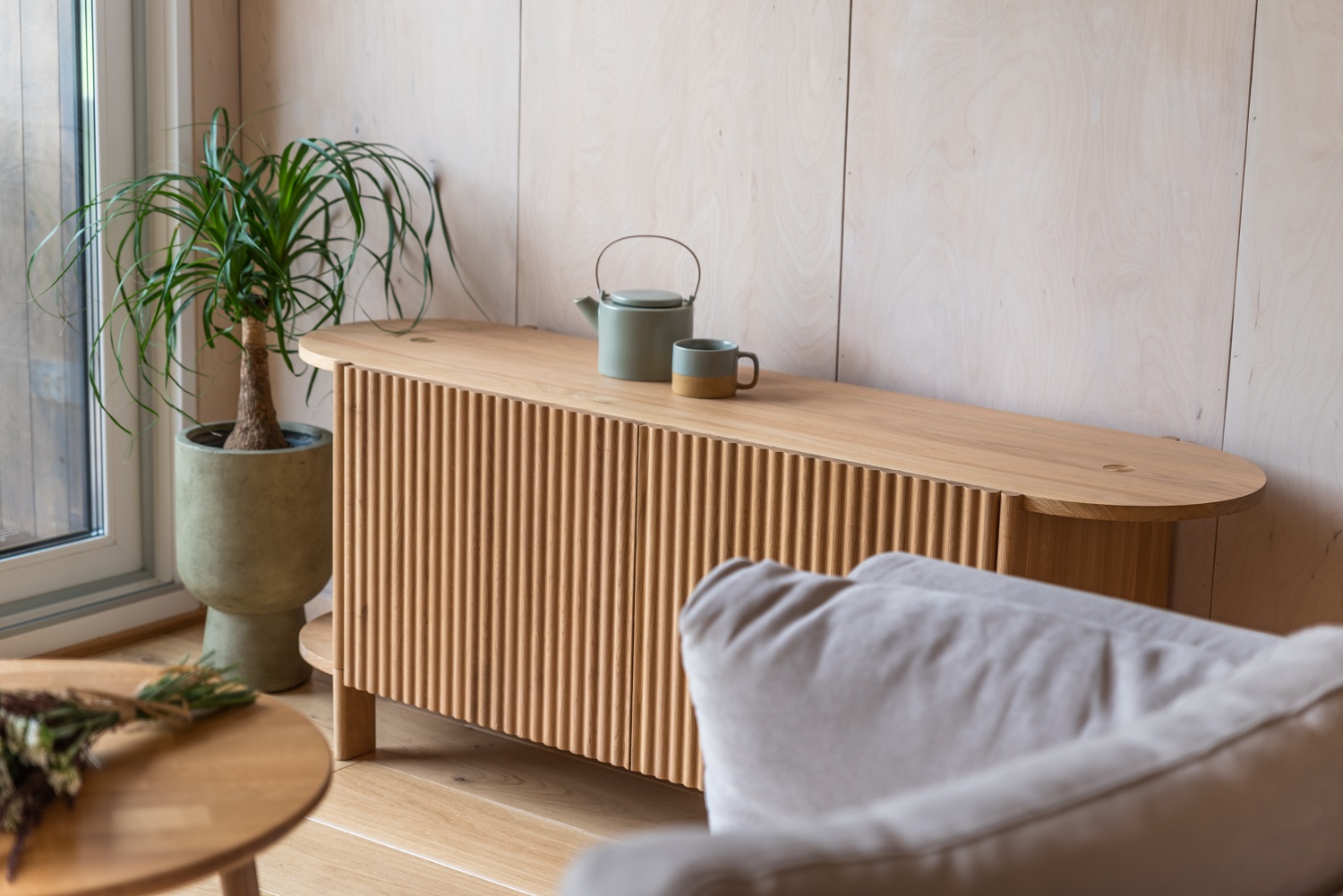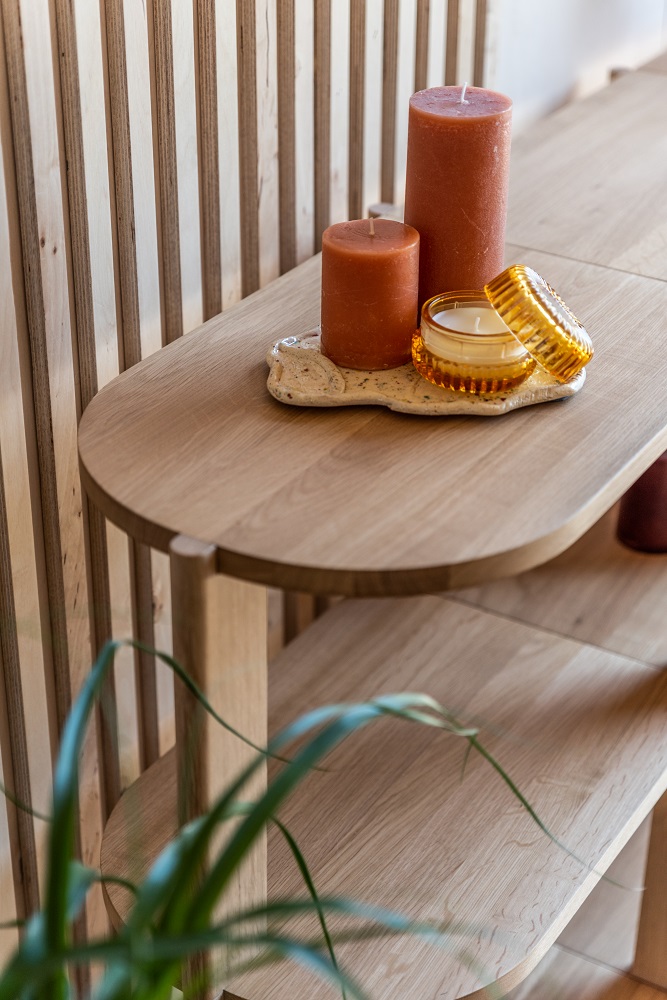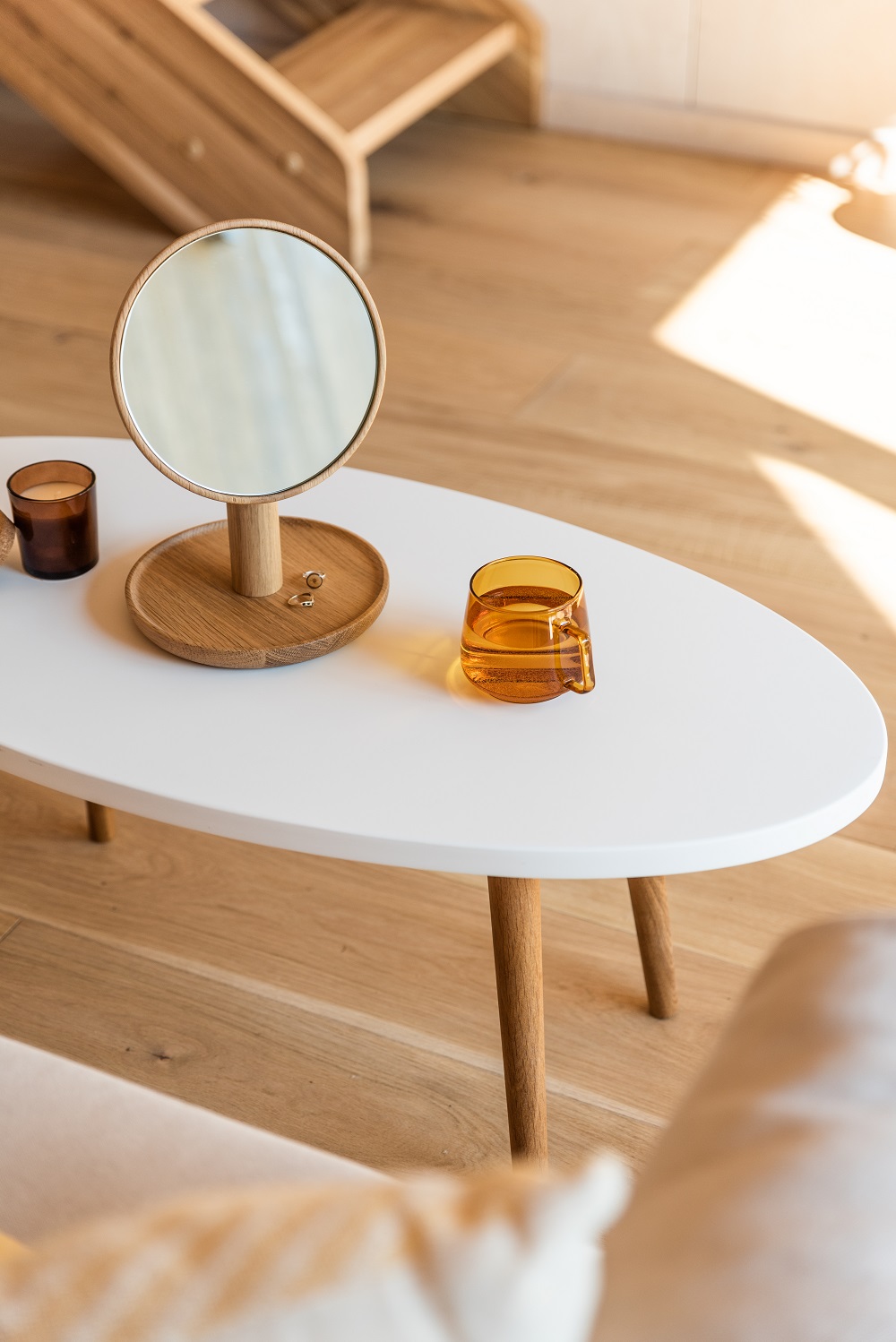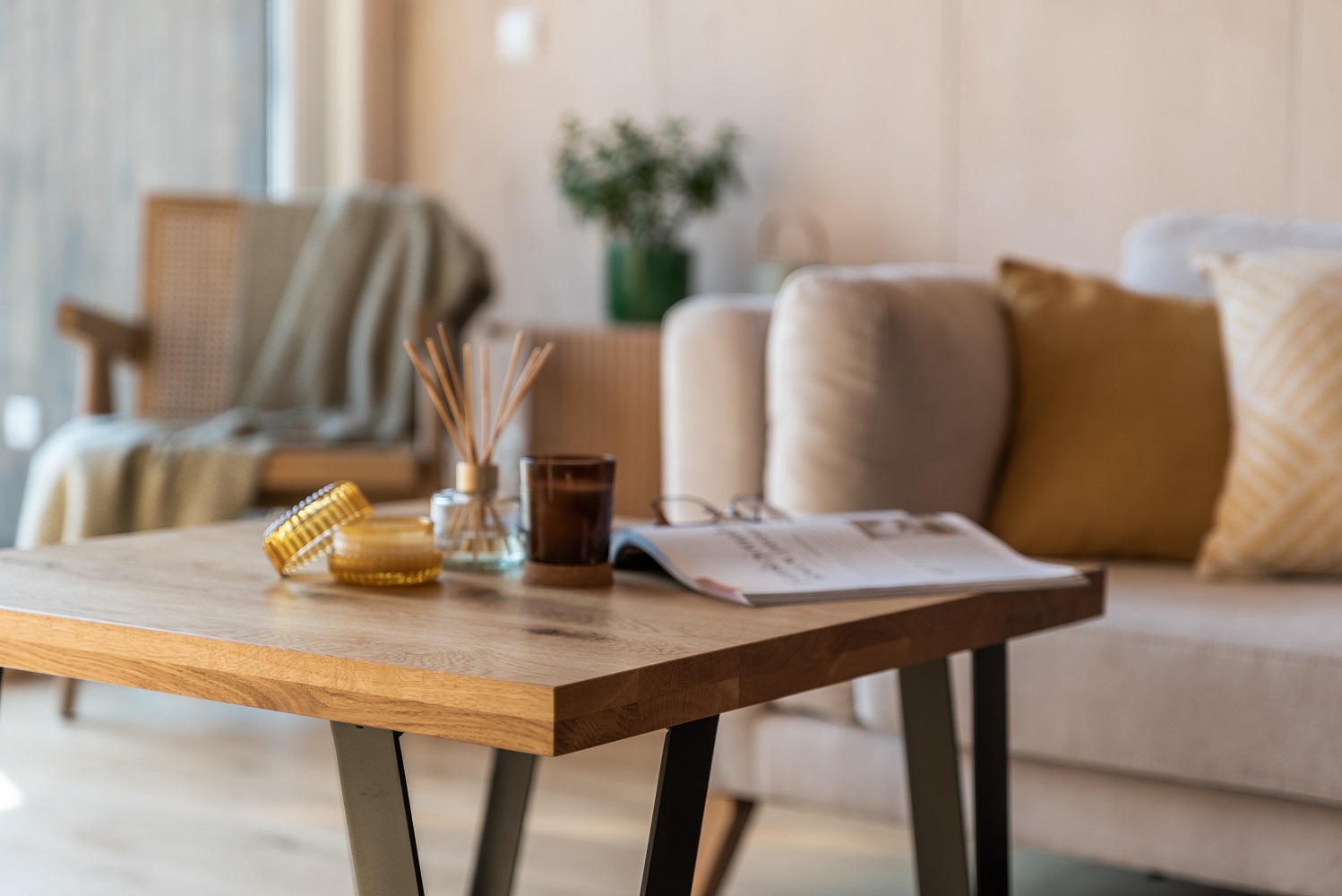Warm colours in small interiors
Warm colours are not exclusively reserved for large rooms, but they should be used with caution in small interiors. In a small living room, the predominance of such colours may result in a visually overloading effect. If you decide to use warm wall colours in a small room, it is a good idea to limit yourself to paint one or two areas, and leave the remaining walls and ceiling white. This gives the interior a spacious effect. Warm colours contrasted with cool colours work well in small rooms. Complementing cosy arrangements with earthy colours adds depth and space to breathe. It makes the room pleasant to spend time in and positively affects the perception of the surroundings. A neutral calm base and warm colours introduced through accessories work very well in small interiors. These include textiles such as bedspreads, curtains or decorative cushions. An interesting addition can also be a painting or photograph in a warm, expressive tone.





